Why and how we preserve archival materials
Careful processes are used to identify, catalog, and preserve archives so they may benefit researchers for generations to come.
Careful processes are used to identify, catalog, and preserve archives so they may benefit researchers for generations to come.
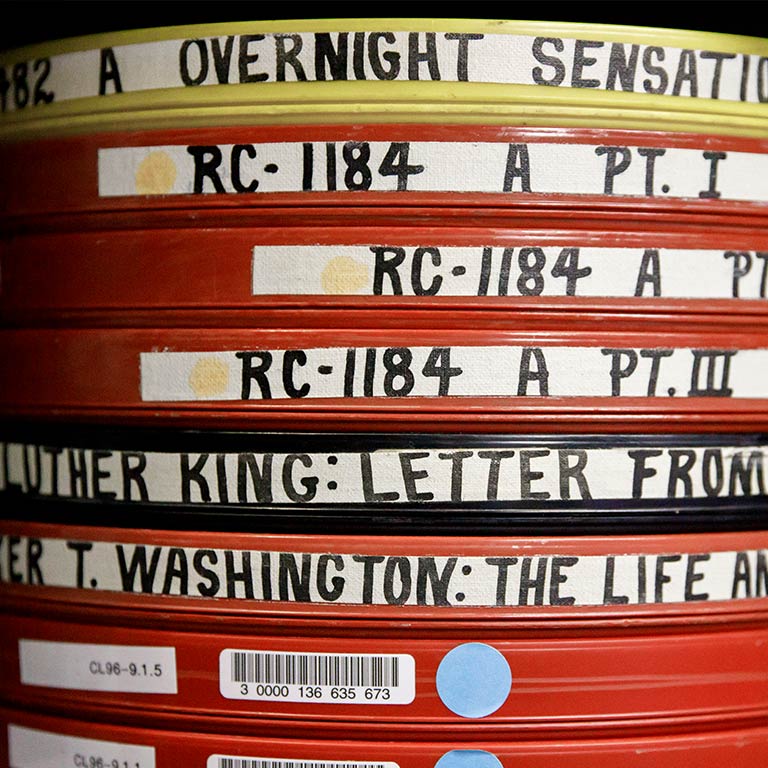
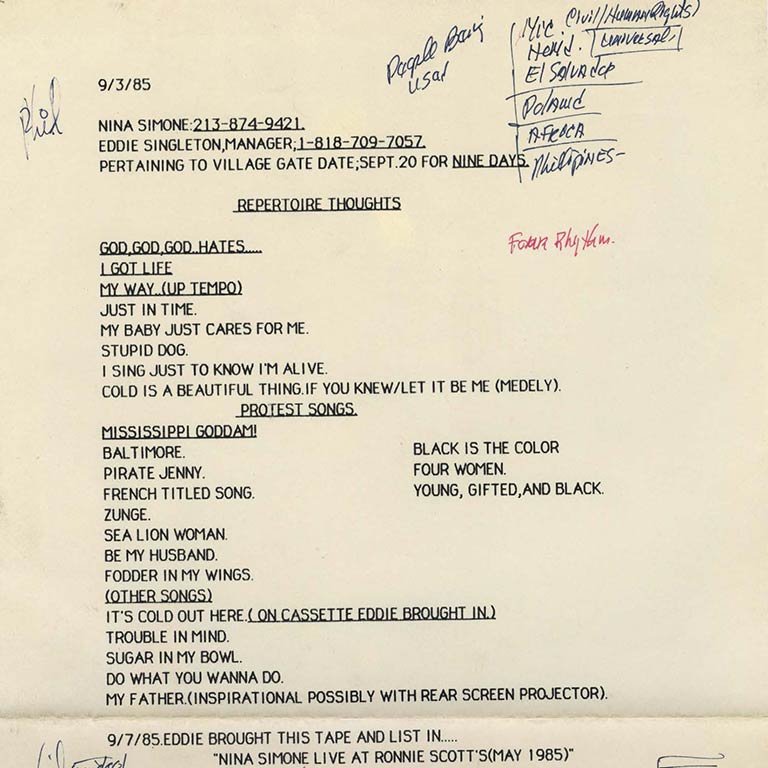


Archives collect materials through donations by members of the public or by purchasing the materials themselves. Typically, archives have a “collecting mandate” that defines what types of materials they do and do not collect, as well as the general intellectual categories collected materials should fall within to be added to the archive.
At the BFCA, we aim to fill in the gaps found within traditional archival spaces and to showcase, celebrate, and preserve the output of Black film artists from around the world. We like to say that we collect not just the films themselves, but also the conversations around the films, so that includes the original film elements, filmmakers’ personal papers, interviews, scholarship, memorabilia, and publicity materials, such as lobby cards, posters, photographs, presskits, and press books.
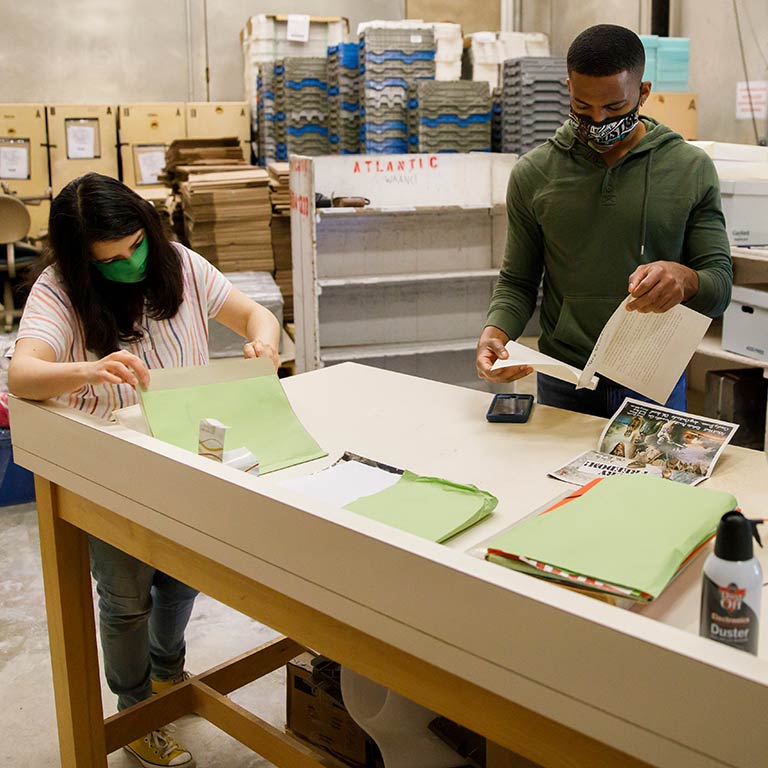

When a new collection arrives, we unpack, inventory, and organize the collection. The result of this process is a “finding aid”—a document that provides contextual and administrative information, such as provenance, names of individuals and organizations featured in the materials, the dates covered by the materials, historical and biographical summaries, and relevant subject headings. The finding aid also documents the organizational structure and provides an inventory of the collection’s contents.

Cataloging is the process of writing a description for an archival record, which provides contextual information to aid the researcher in finding what they are looking for more efficiently. The information added to a catalog record is called metadata. Examples of metadata include a unique identifier, a title, subject headings, names of individuals and organizations, a description of the item, dates, and locations.
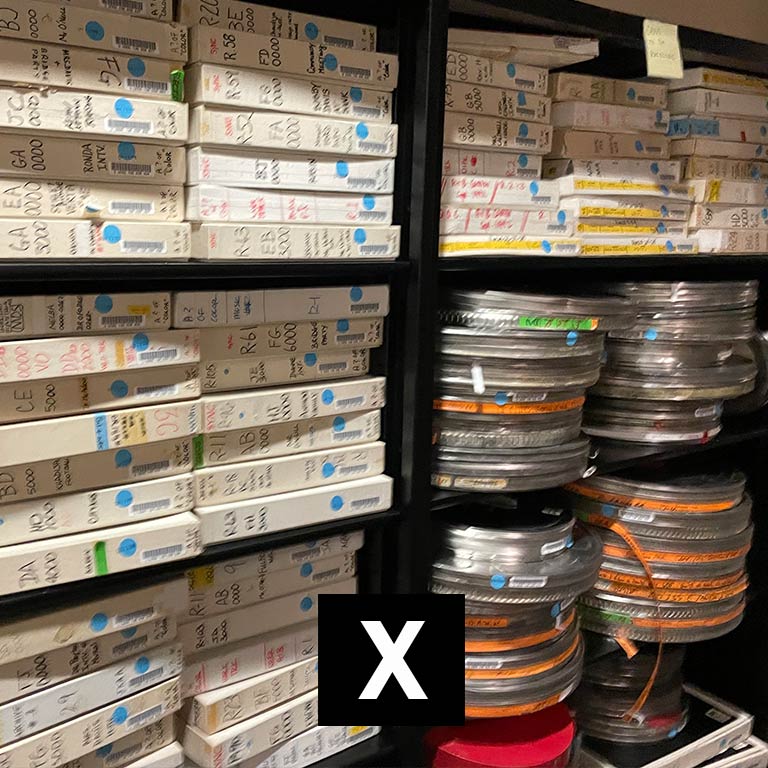

Unlike libraries, the materials in archival collections are normally extremely rare or unique. Because of this, and in order to ensure that future generations have continued access to the materials, archives have to prioritize the safety and care of their existing materials—one of our core objectives is conservation and preservation. We accomplish this by maintaining temperature and humidity-controlled environments for storage areas, by using inert storage containers that will not react with the collection materials, and by implementing special handling policies, such as requiring gloves or certain lighting conditions for viewing particular objects.
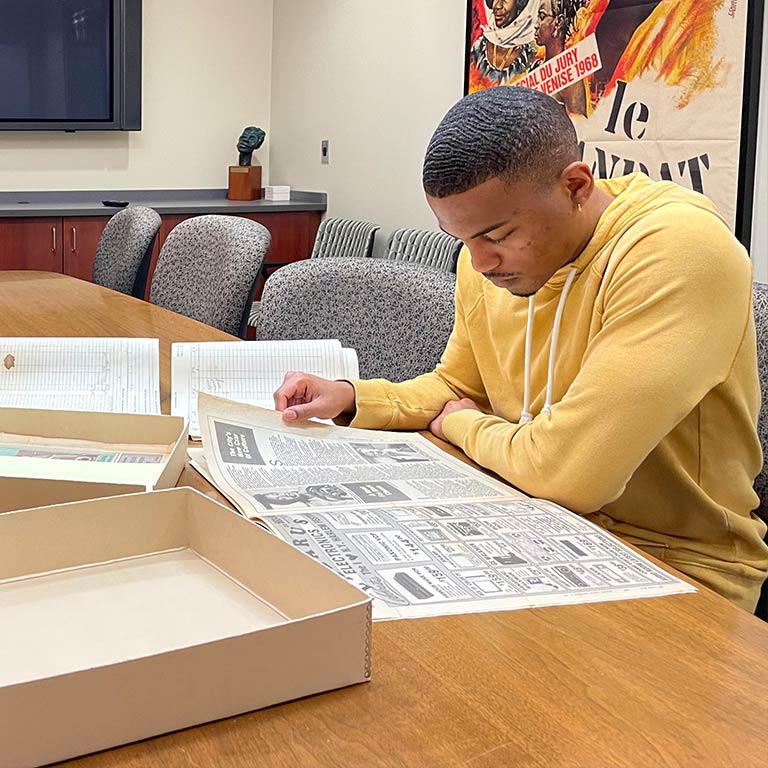
The most important aspect of archival work is to make the collections available to researchers, constituent communities, and the general public. All of the other activities archives do—collect, process, catalog, and preserve—help make their collections accessible. This access is provided in a variety of ways, such as in-person research appointments, digitized scans of collection materials, exhibitions, browsable databases, and finding aids, among many other forms of access.
The Media School
Black Film Center & ArchiveHours: Monday -Friday, 9 am - 12 pm, 1pm - 4.30 pm